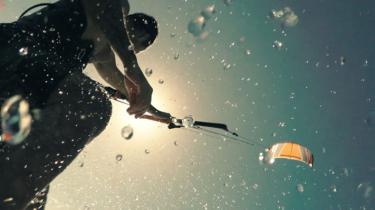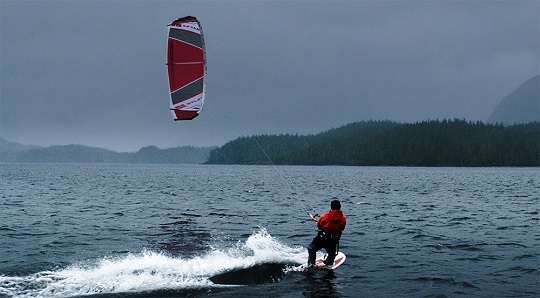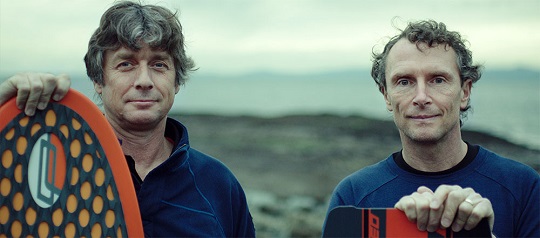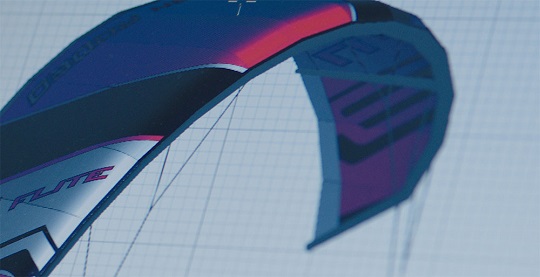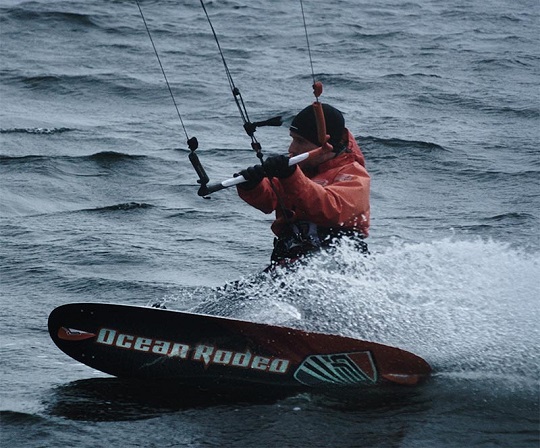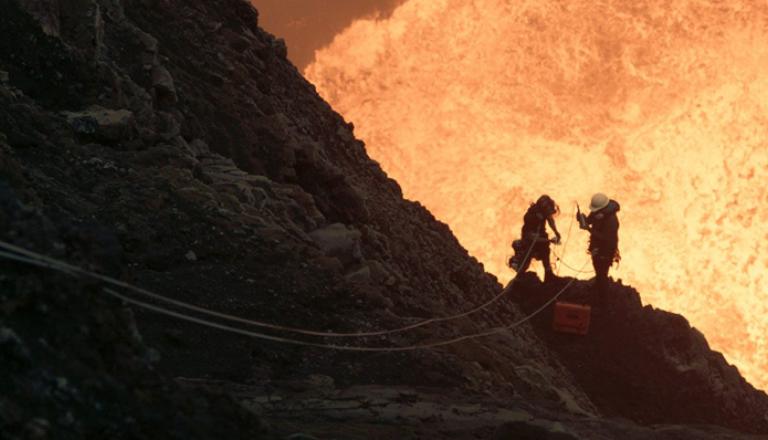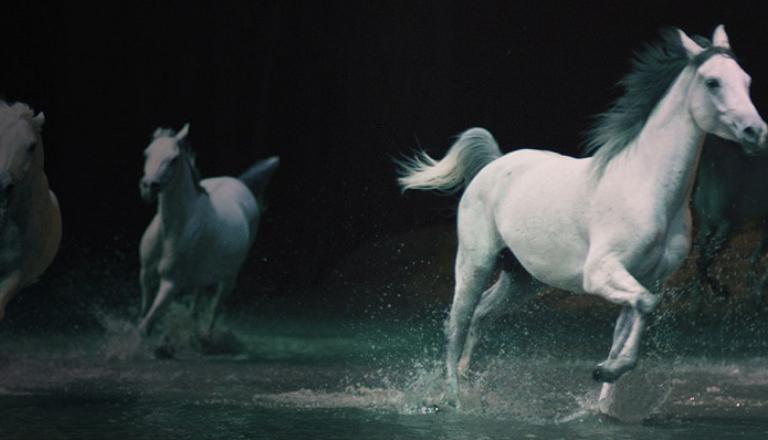For us, the ocean was much more than a mystery — it was an opportunity. And riding that opportunity is how we got to where we are today.
The key to success in kiteboarding is to know what the risks are, and to manage them wisely. It is the same with business.
When navigating exports to international markets, you need to have a plan if the winds shifts and a client goes under.
